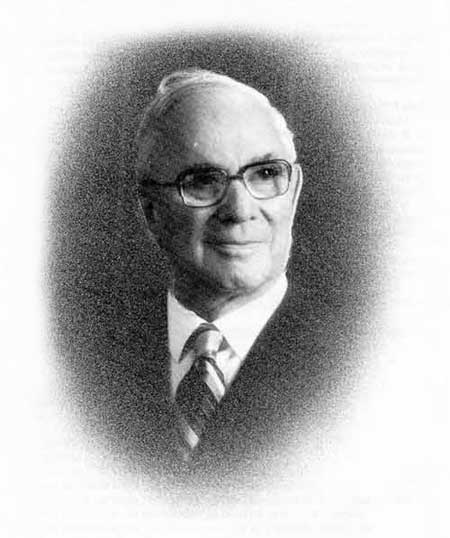Hans Kosterlitz
(1903 - 1996)
After Candace Pert, together with Solomon Snyder and colleagues, first identified opioid receptors in the brain in 1972, in 1975 Hans Kosterlitz and his colleagues reported the existence of an endogenous morphine-like substance. Later, they purified their discovery after a two year investigation of pig-brain materials. They named it enkephalin for "in the head". Enkephalins, endorphins, and dynophins bind to specific receptor sites in the brain. The anatomy of pleasure is still not fully understood. But mu opioid receptor agonists disinhibit the pathways that modulate the dopamininergic neurons projecting from the ventral tegmental area to the nuclear accumbens. This causes extra dopamine to be released into the synapses. Mesolimbic dopamine mediates our sense of pleasurable anticipation: "At a purely chemical level, every experience humans find enjoyable - whether listening to music, embracing a lover, or savoring chocolate - amounts to little more than an explosion of dopamine in the nucleus accumbens as exhilarating and ephemeral as a firecracker." (J Madelaine Nash)
Refs
HOME
Paracelsus
John Keats
Wilkie Collins
Candace Pert
Opium People
Opium Images
Opium Timeline
Heinrich Dreser
Solomon Snyder
Warren Hastings
The Plant of Joy
Sir Richard Burton
Wilhelm Sertürner
Thomas de Quincey
William S Burroughs
Into the Arms of Morpheus
Snapshots: Opium in History

